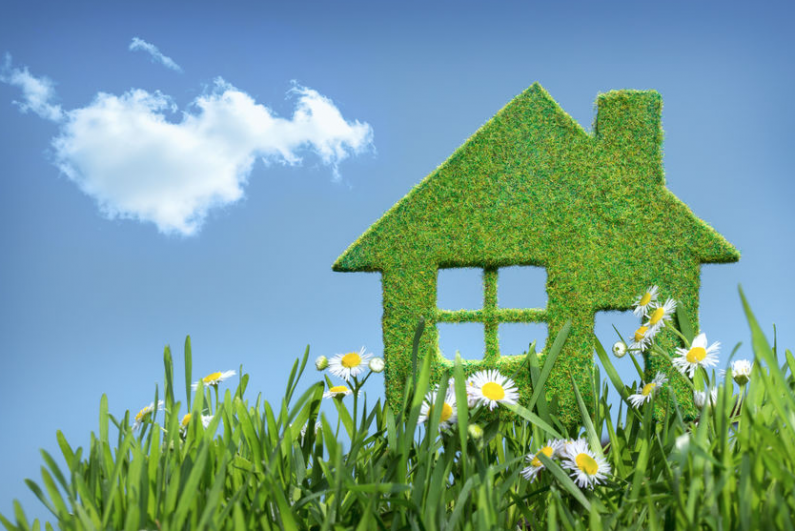
As a nation we are way behind the US and France in terms of the levels of productivity we can expect from our workforces. This is based on the Office for National Statistics' findings, equating to the measurement of output per person per hour. This, and general focus on the environmental impact on a worker, has led to research and investigations into people-focused workplaces and the various things that can be implemented to make them better.
'Better' for the individual means more comfortable surroundings, adequately suited to the job they do. 'Better' for the employer is usually measured in terms of the results and profitability generated by each person. History tells us that as far back as Florence Nightingale's days, she advocated opening hospital windows for better light and air quality - so we can appreciate that a lot of this is about common sense.
The areas that are considered to make the practicalities of a workplace more people-centric inevitably include lighting. Lighting, along with air quality, temperatures, ventilation and even acoustics and privacy levels. If you consider where you sit or stand at work, how you do your job, lighting is really important - wherever you are, whatever you do. Added to the practical considerations are a number of elements that contribute to stress levels. Once again, this includes lighting.
"People spend more than 90% of their time inside the artificial environments of buildings and they are starting to expect a lot more from their employers" [The Guardian, 2014].
This philosophy is all neatly wrapped up in a concept called 'healthy buildings', something LAUK subscribes to - the importance of providing an enhanced work experience for the greater good of everyone. There are conferences, white papers and organisations in the UK and across the world wholly dedicated to the promotion of healthy buildings and it's something that we in the UK need to support so we are better able to compete on a global playing field.
According to Building Ecology (Dec 2018) "The construction, operation, use, and ultimate disposition of a building must have minimal adverse effects on the natural environment or ultimately it will adversely affect people whether indoors or out. Buildings are healthy only if their effects on their occupants and the larger environment are benign."
For lighting, this means it must be as natural and unobtrusive as possible. Workers should be unaware of the lighting - in that, it isn't too light, dark, cast shadows or detrimentally affect the visibility of the task at hand.
"Adding natural light into a building was once considered a "soft" benefit for employees but it is now seen to dramatically improve the wellbeing of a building's inhabitants. In schools, more robust natural light has shown to improve test scores and reduce absenteeism" [The Guardian, 2014].
At LAUK this is something we are asked to include in some of the specifications we put together. When we aren't specifically asked to create a people-centric space, we will suggest lighting solutions that includes a common sense and balanced approach to our designs. Of course, working towards a healthy building will also impact on our customers' customers who might also use it. We factor in every aspect of a building's use when we work with our clients.
